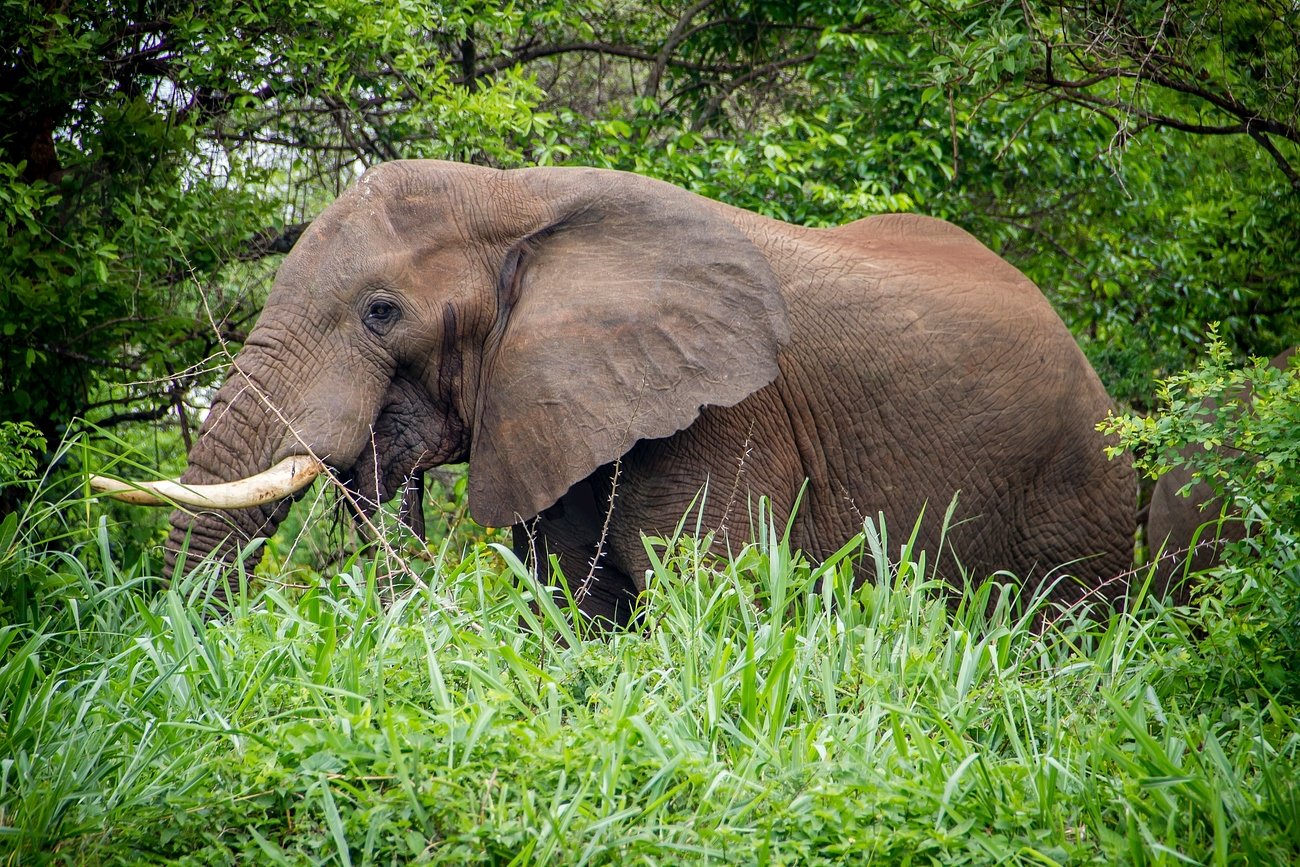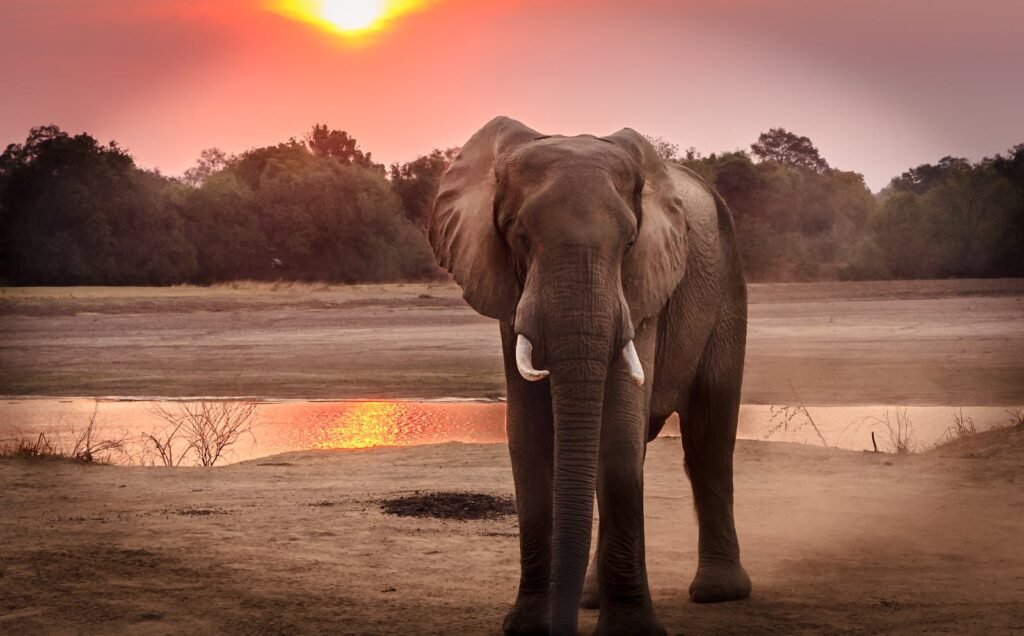Imagine a world where the largest land mammal roams the earth, majestic and powerful, yet unable to perform one of the simplest actions we often take for granted: jumping. Yes, elephants can’t jump, and while this might seem like a limitation, it’s actually a fascinating adaptation that has served them well through the ages. This intriguing fact is not just a quirk of nature but a testament to the evolutionary brilliance of these gentle giants.
The Anatomy of an Elephant’s Legs

Elephants are built like living fortresses, with legs that resemble sturdy pillars rather than springboards. Their leg structure is uniquely designed to support their massive weight, which can reach up to 14,000 pounds. Unlike many animals, elephants have a straight-legged posture, which acts like a column, efficiently bearing the weight of their hefty bodies. This structure, however, lacks the spring-like tendons that enable other animals to jump. Instead, their legs are more like solid beams, providing stability rather than flexibility.
Why Elephants Don’t Need to Jump
In the wild, the ability to jump isn’t as crucial for elephants as it might be for other animals. Their sheer size and strength allow them to navigate their environment without the need for leaping over obstacles. Elephants can easily push through dense vegetation or knock down trees that stand in their way. Their size also deters most predators, so the need for a quick escape via jumping is unnecessary. In essence, elephants have evolved to be masters of their domain without the need for jumping.
Evolutionary Advantages of Staying Grounded
Staying grounded offers elephants several evolutionary advantages. By not being able to jump, they conserve energy, which is vital given their large size and the amount of food they need to consume daily. Their energy-efficient movement allows them to travel long distances in search of food and water without expending unnecessary energy. This adaptation has allowed elephants to thrive in various habitats, from savannas to forests, making them one of the most adaptable mammals on the planet.
Comparing Elephants to Other Mammals
When we compare elephants to other mammals, their inability to jump stands out. Most mammals have evolved to jump as a means of survival, whether it’s to escape predators, catch prey, or navigate complex terrains. For example, kangaroos use their powerful legs to hop across vast distances, while cats leap gracefully to catch their prey. Elephants, however, have taken a different evolutionary path, focusing on strength and endurance rather than agility.
The Impact of Size on Movement

The size of an elephant significantly impacts its movement capabilities. As animals grow larger, the mechanical demands on their bodies increase. For elephants, their immense size makes jumping not only impractical but potentially harmful. The force required to lift their massive bodies off the ground could lead to injuries. Instead, elephants have perfected a slow and steady gait that suits their size, allowing them to move efficiently without risking damage to their bodies.
Elephants and Their Unique Adaptations
Elephants boast a range of unique adaptations that compensate for their inability to jump. Their trunk, for instance, is a remarkable tool that acts as a limb, allowing them to reach high places, grasp objects, and even communicate with one another. Additionally, their large ears help regulate body temperature, serving as natural air conditioners. These adaptations highlight the incredible versatility of elephants, showcasing how they’ve evolved to thrive without the need for jumping.
The Role of Social Structure in Elephant Survival
Elephants are highly social animals, and their survival is deeply tied to their social structure. Living in herds provides protection and support, reducing the need for individual escape tactics like jumping. Their complex social bonds allow them to work together to solve problems, such as finding food or protecting the young. This social cohesion is a key factor in their resilience, compensating for any perceived physical limitations.
Lessons Humans Can Learn from Elephants
There is much that humans can learn from elephants, particularly in how they have adapted to their environment. Their ability to thrive without jumping teaches us about the importance of playing to one’s strengths and adapting to one’s surroundings. In a world that often values speed and agility, elephants remind us that strength, endurance, and social bonds can be just as valuable, if not more so.
Conservation Efforts and the Future of Elephants

Despite their impressive adaptations, elephants face numerous threats, primarily from human activities. Habitat destruction and poaching pose significant risks to their survival. Conservation efforts are crucial to ensure that these magnificent creatures continue to roam the earth. By understanding and appreciating their unique adaptations, we can better advocate for their protection and ensure that future generations can witness the majesty of elephants.
Reflecting on the Elephant’s Journey

The journey of the elephant is one of resilience and adaptation. Their inability to jump is not a flaw but a feature that underscores their unique place in the animal kingdom. As we reflect on the elephant’s journey, we are reminded of the beauty of diversity in nature and the importance of preserving it. So, the next time you see an elephant, remember that its grounded nature is a testament to its evolutionary success. What other hidden features in nature might hold surprising stories?



